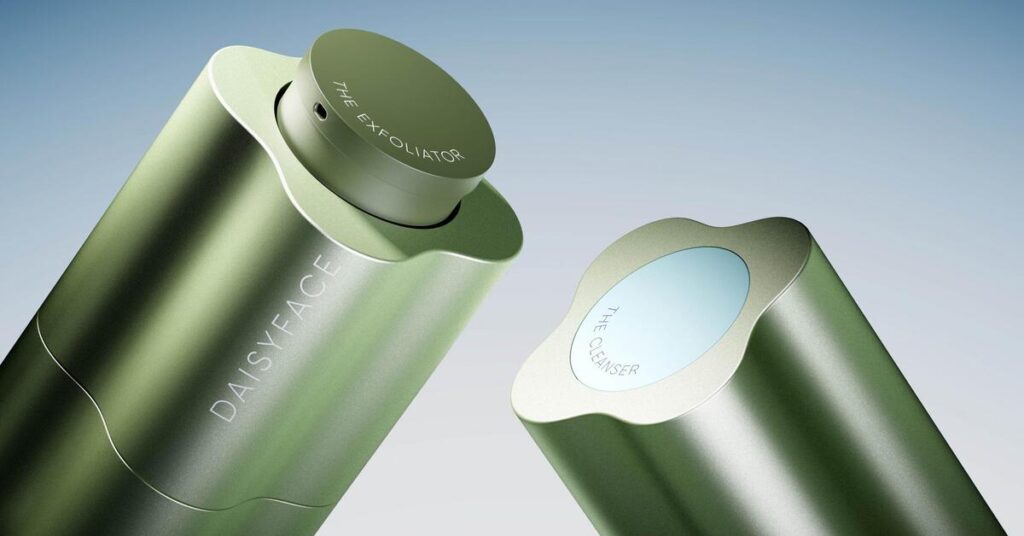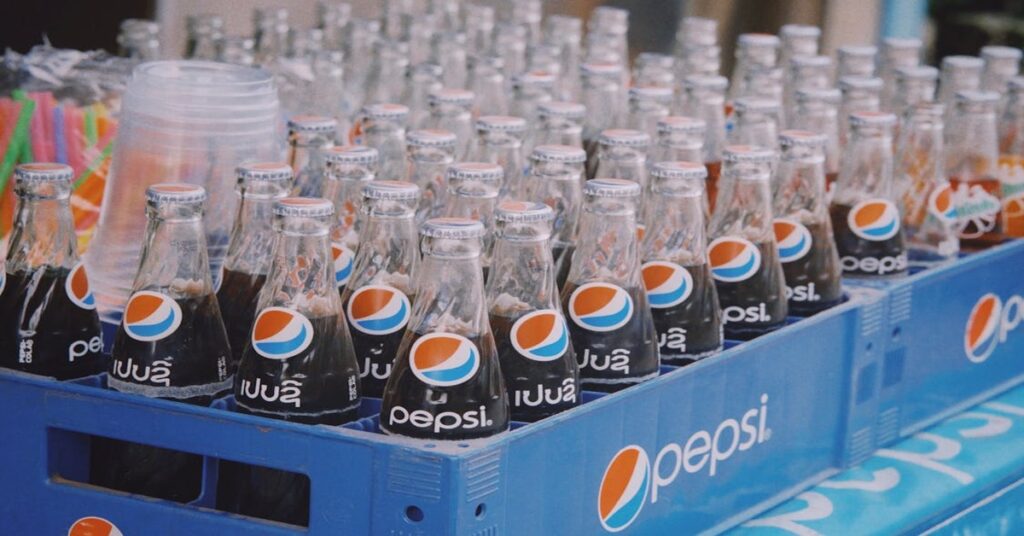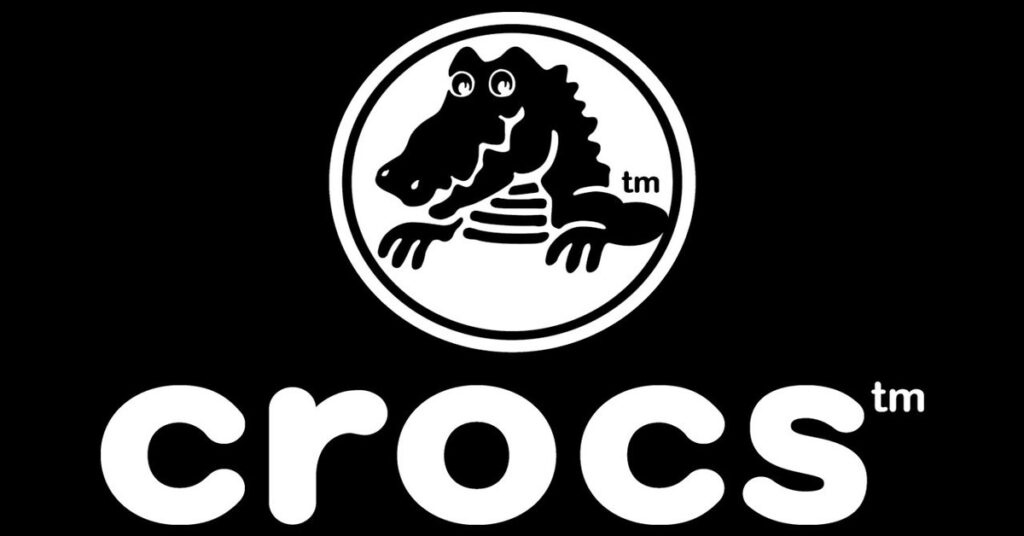As part of its resource-positive target strategy, Starbucks has certified 3,508 of its eco-friendly Greener Stores across the world. The brand plans to reach its target of 10,000 Greener Stores globally by 2025. Starbucks wants to lessen its environmental footprint and create a more sustainable future for its communities and the planet.

The Starbucks Greener Stores Framework works on 25 performance-based standards that span environmental impact areas, like energy efficiency, waste diversion and water stewardship. Its Greener Stores offer a set of sustainable elements that contribute to its third-party verification. The Greener Stores feature water recycling tanks, solar panels, low-emitting paint and sealants, high-efficiency appliances, energy-efficient HVAC temperature systems and recycling tampers.

Michael Kobori, Starbuck’s chief sustainability officer, said for Starbucks, any one action, no matter how small, has the potential for massive impact. He explained that the Starbucks Greener Stores Framework was established in collaboration with the World Wildlife Fund (WWF), which is a collection of 25 performance-based standards. Kobori said their work to become planet positive begins with coffee at origin, and carries through to Starbucks’ stores, right to the customers’ hands. He shared that their partners’ energy and passion for sustainability pushes Starbucks every day and is the reason why they have seen great adoption of their Greener Store standards.

Andy Adams, Starbucks senior vice president, Store Development, said they have proven designing and building greener stores is responsible and good for business too. “In 2018, we created a new benchmark in retail that goes beyond construction and design to address long-term, eco-conscious operations.”

The strategy allows Starbucks to test solutions for scale to help the company realize its Planet Positive goals to reduce carbon emissions, water usage and landfill waste by 50%.



